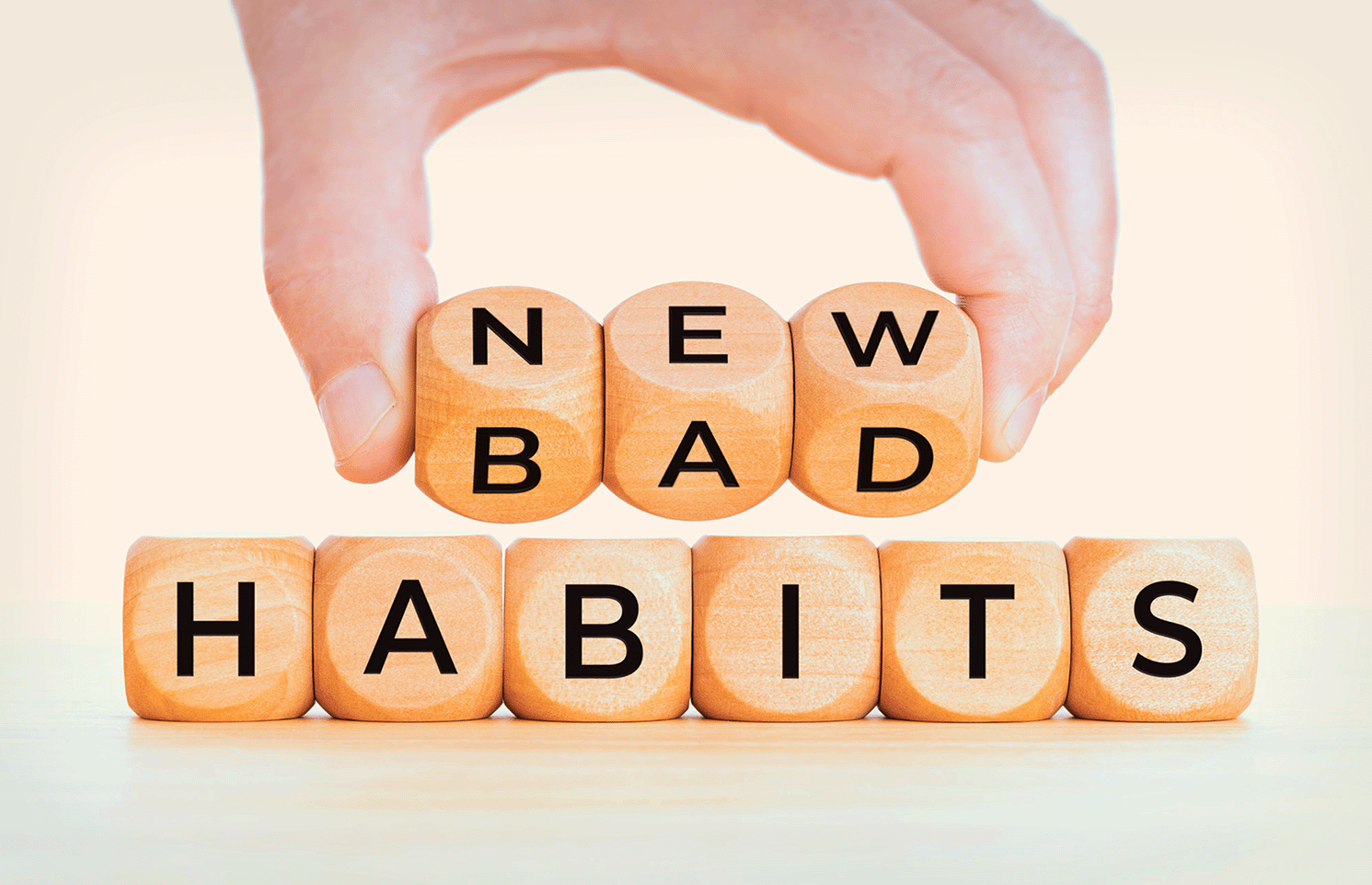Powerful Personalisation – Going Beyond the Basics
Go beyond the surface level of personalisation and understand what truly makes unique and tailored experiences for customers.

Personalisation is a powerful marketing technique that can help businesses build stronger relationships with their customers, increase customer loyalty, and drive sales. However, many businesses make the mistake of thinking that personalisation is simply about slapping someone’s name at the start of an email and calling it personalised. Here we’ll explore why this approach falls short and what businesses can do to create truly personalised experiences for their customers.
Understanding the depth of personalisation
Firstly, personalisation is not just about using someone’s name. While using someone’s name can help to grab their attention and make them feel acknowledged, it is just the tip of the iceberg.. Personalisation is all about delivering highly relevant content, recommendations, and offers that truly resonate with individual customers, encouraging a sense of connection with your brand and increasing the likelihood of conversion. The main focus is about harnessing data-driven insights to anticipate and fulfil the unique needs of each customer, making every interaction feel truly personalised.
The main focus for businesses should be gathering data about their customers, such as purchase history, browsing behaviour, and demographic information. This data will be the fuel that powers the personalisation engine, enabling businesses to deeply segment a customer base which allows for the creation of targeted marketing campaigns and experiences that are specifically designed to resonate with each individual customer.
Personalisation in action
The power of personalisation becomes evident when looking at the travel industry, where knowing more about a customer’s purchase behaviour, browsing habits, and travel preferences can greatly enhance their experience. Let’s consider an example: A travel company equipped with comprehensive customer data can create truly personal communications. By analysing a customer’s past destinations, preferred travel activities, and accommodation choices, the business can curate tailored travel offers and recommendations that cater to the individual’s preferences.
For instance, if a customer has previously booked beachside resorts and shown interest in adventure activities, the travel company could suggest an exotic destination with exciting water sports options. By leveraging this extra layer of data, the travel company can go beyond the generic ‘first name’ personalisation and deliver unique and relevant messages. This is the ultimate goal of personalisation, but the idea of creating emails for tens of thousands of existing customers that are ‘unique’ is rather terrifying for marketers. However, by utilising customer segmentation and preference data this can be far more straightforward than it sounds.
Example email template
An example template for a customer email could look like this – by time each section is specific to the customer receiving it, using dynamic, segment-based content, the email will feel completely unique to the customer.
| Header | |
|---|---|
| Name | |
| Section 1 [geographic/location message] |
Section 2 [existing product message] |
| Section 3 [product preference message] |
Section 4 [RFM* segment - relevant upsell offer] |
| Section 5 [online product browsing behaviour] |
Section 6 [basket abandonment/generic offer] |
| Footer | |
*Still don’t know what RFM is? Check out our eBook here
By doing so, businesses can build stronger relationships with their customers, increase customer loyalty, and drive sales.
Here follows a completed example for a travel company, using the above template:
| Header | |
|---|---|
| Hey Claire, | |
| Bristol EasyJet also fly to Turkey – here are some of our deals for Turkey in 2024 | We hope you enjoyed your holiday in Greece – would you like to re-book for next year? Why not leave feedback for our property owner xxx |
| You tend to prefer self-catering, 3 bed properties, these are usually booked early – check out our unreserved 3-beds xxx | Why not upgrade from a hot tub to a private pool with this 5* self-catering, 3 beds in the Med. |
| Would you like to share your property shortlist/favourites with friends – log in and share with your friends and ask them to rank their favorites | Still considering Croatia? Consider booking before xxxx to secure a 10% discount. |
| Footer | |
Conclusion
So the next time you’re thinking about personalisation, remember that it’s not just about slapping someone’s name at the start of an email – it’s about understanding your customers on a deeper level and creating experiences that are truly personalised. The travel industry provides a compelling example of how having a deep understanding of your customers can greatly improve personalised experiences. Note that personalisation can be utilised in any industry, it’s all about making the most of customer data.
Learn more about intelligent customer segmentation using Recency Frequency and Monetary Value Analysis by downloading our eBook here.














